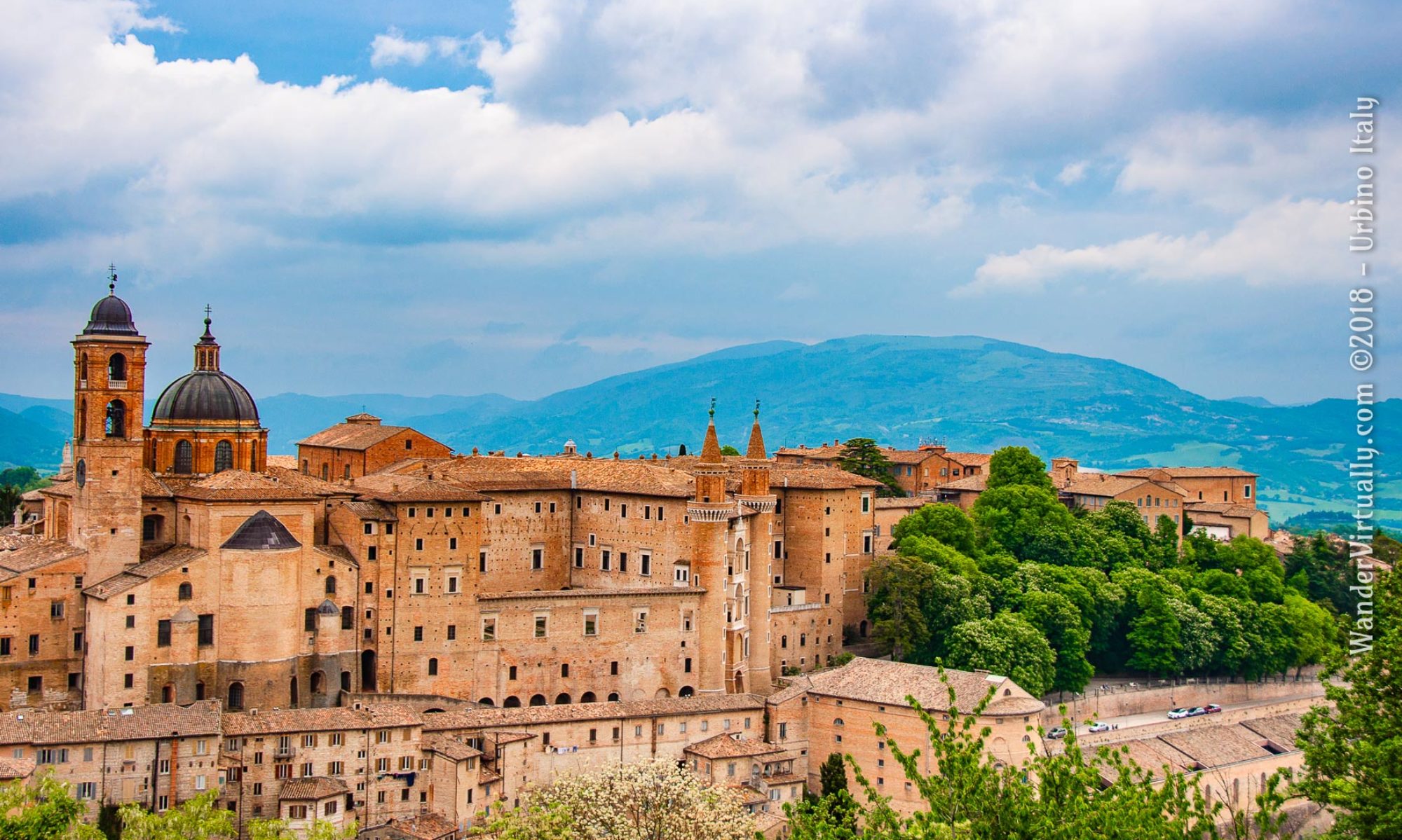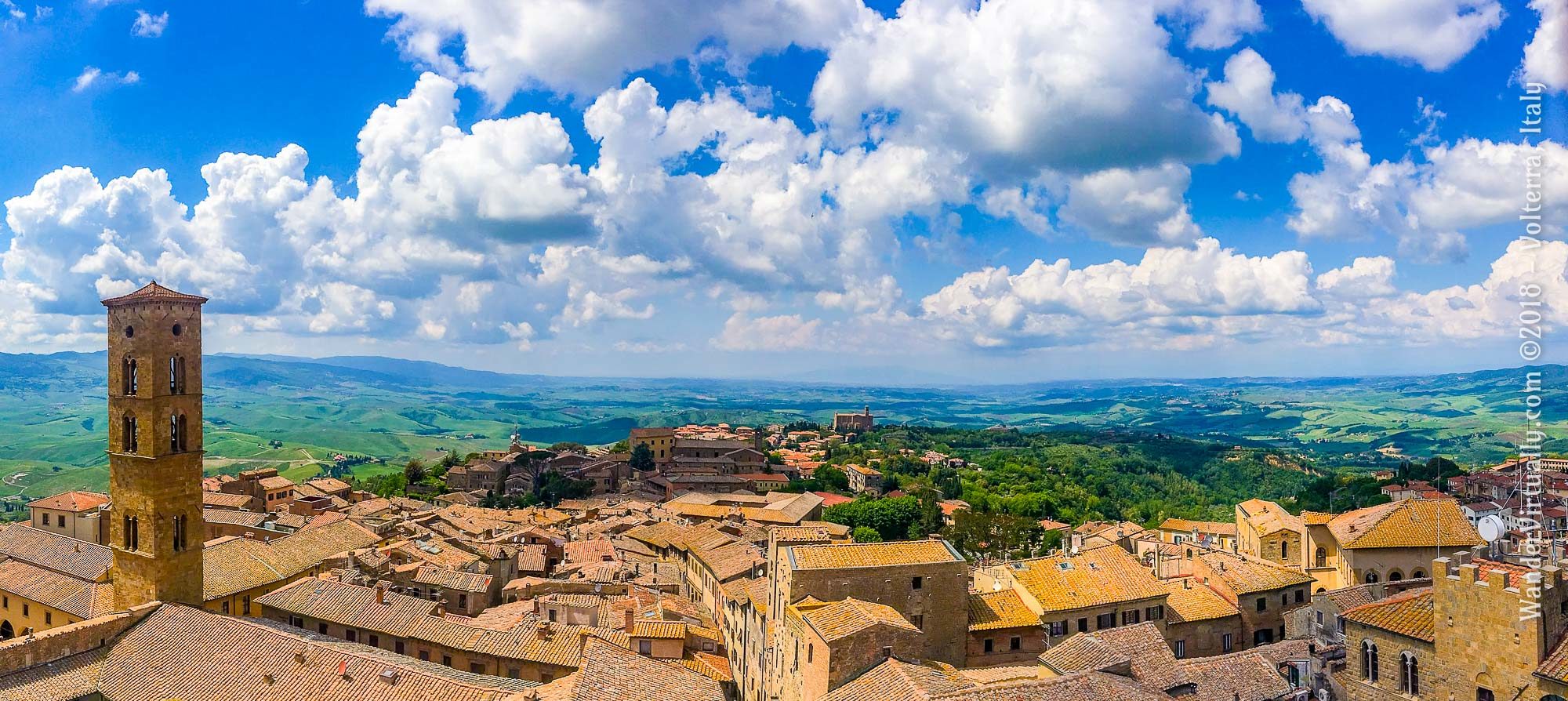Just where did the Etruscans come from? The Etruscans’ origin story is a problem for the ages, literally. A 2,500-year debate among ancient historians carries on to this day among modern scholars. Did they come from Turkey or Greece? Or were they aboriginal to Italy? The lack of Etruscan written materials deepens the mystery…..
Featured photo: City of Volterra – a view from the tower of the Palazzo dei Priori. Volterra provides some answers to the mystery of Etruscan origins. Also, the city’s natives are likely modern day Etruscans!
Table of Contents
- A 2,500-Year Old Debate
- Herodotus of Halicarnassus Had an Origin Theory
- The Other Guy from Halicarnassus Had a Different Theory
- The Villanovan Connection: An Origin Theory Based on Archeology
- The DNA Story: Finally, an Origin Theory Based on Science
- Virtual Scene: The Etruscan Acropolis of Volterra
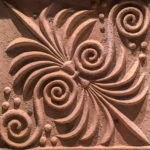
A 2,500-Year Old Debate
The Etruscans’ origin story is a problem for the ages, literally. We mostly have tomb inscriptions, and very little Etruscan literature. This dearth of Etruscan written materials sparked a debate among ancient historians. And it carries on to this day among modern scholars.
As I mentioned in the previous post, archeologists have found very meager Etruscan writings about themselves. We know Etruscans wrote books from which ancient writers have quoted. But these books are now lost to history.
So, how would we know about Etruscans and their origin if we have lost most of their writings? Well, it seemed that they were such a distinct people that they caught the attention of ancient writers and historians. About 2,500 years ago, Herodotus, a Greek historian, lived in the city of Halicarnassus (present day Bodrum, Turkey). He wrote a theory about the Tyrrhenians or Etruscans – and started a debate that remained unsettled for more than two millennia.
Herodotus of Halicarnassus Had an Origin Theory
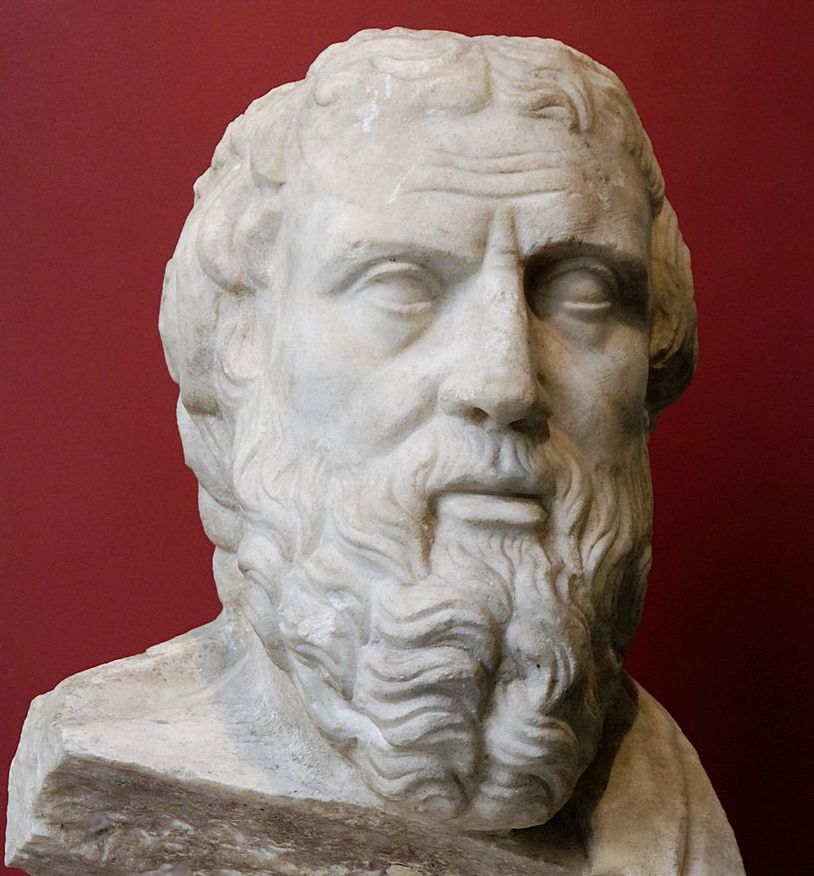
Writing in the 5th century BCE, Herodotus told of a tale that occurred several centuries before his time, during the 2nd millennium. The kingdom of Lydia in Anatolia (modern day Turkey) was suffering from a long famine. In order to solve this problem the Lydian King Atys decided to divide his kingdom into two. Half of the people would stay in Lydia under his leadership. He had his son Tyrrhenus lead the other half of the Lydian population in a mass migration across the sea. Tyrrhenus and his people sailed west until they landed in Italy and settled in Ombrici (present day Umbria, Italy). Then, they began to call themselves Tyrrhenians. (Ref: 3-i).
Other Greek historians cited similar eastern Mediterranean origins. Hellanicus of Lesbos wrote that Etruscans were originally Pelasgians (pre-Greek aborigines of Greece). They fled west to Italy after Greeks drove them out of their Aegean homeland.
Others with quirkier reasons joined the fray, according to Professor Tuck in his lecture, The Mysterious Etruscans. One group supported Herodotus’ claim, citing that Etruscans wore the same pointy shoes found in artwork from 6th century BCE Asia Minor (modern day Turkey). More recently, a group of scientists gave credence to Herodotus’ theory. Their study showed that the DNA of certain cow remains found in Italy were related to those found in Asia Minor. Since the cows were from Asia Minor, should we therefore conclude that the Etruscans were from the same place? (Ref: 6-i).
The Other Guy from Halicarnassus Had a Different Origin Theory
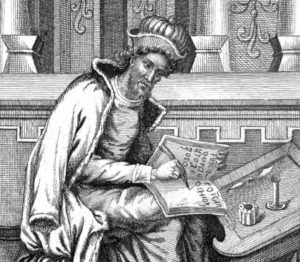
Some 400 years later, another Greek historian from Halicarnassus emerged with a different theory. Dionysius of Halicarnassus contradicted the “out of eastern Mediterranean or Anatolia” origin theory. His writings demonstrated rigorous research and reasoning. Since he actually lived in Rome, he probably had the opportunity to observe real Etruscans. By that time, Etruscans would have been assimilated into the Roman Empire. Who knows, maybe he even interviewed a few Romans-who-were-former-Etruscans over a kylix of their famous Tuscan wine…
Dionysius originated the “born from Italian soil” or indigenous theory. (Of course, the Etruscans themselves probably thought or knew this – but we don’t have their written opinion!)
He countered that Etruscans were unique in their spoken language, practiced different laws and institutions, worshipped different gods, and behaved culturally differently from the Anatolians. Therefore, he argued, Etruscans could not have originated from Lydia. They were most likely native to Italy. Besides, he said: Xanthus, the historian of Lydia who wrote about the Lydian kings – and who also lived in the time of Herodotus – never even mentioned in his writings about something as significant as the mass migration of Lydians. (Ref: 4-i).
A word about the Etruscan language to which Dionysius alluded above: Even though Etruscans passed on their alphabet to the Romans, scholars find their language to be quite unique in the world. Unfortunately it became extinct a few hundred years after they became part of Rome. The Etruscan language doesn’t belong to the pervasive “Indo-European” language group (such as Latin and Greek). This is one more Etruscan mystery to be solved – this time, by linguistic detectives.

The Villanovan Connection: An Origin Theory Based on Archeology
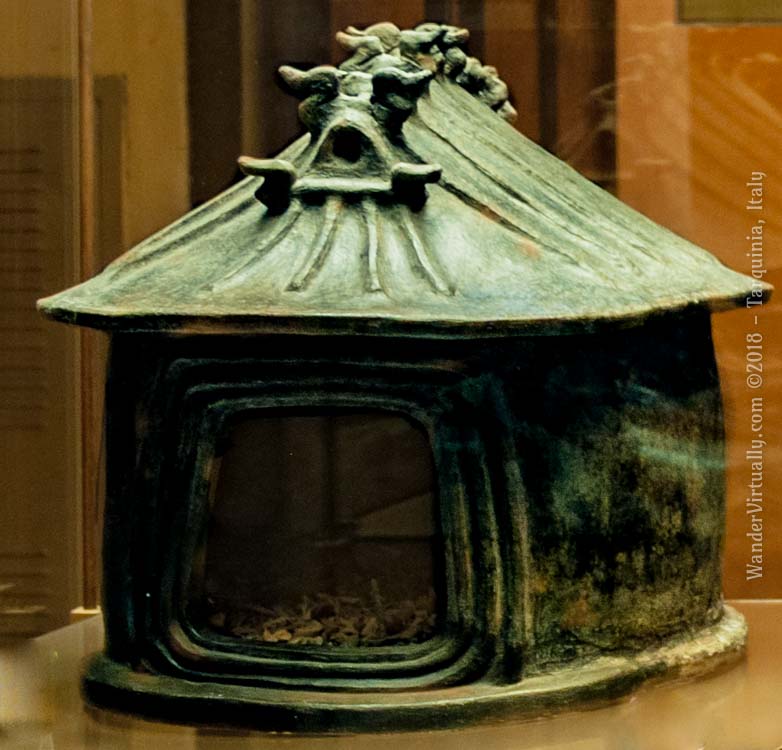
Indeed, recent archeological discoveries seem to corroborate Dionysius’ thinking.
In the 1850s, a nobleman first discovered the remains of an Iron Age culture while digging in his estate in Bologna (a former Etruscan town: Felsina). This culture, called the Villanovans appeared between 1200 BCE through 700 BCE, overlapping with the Etruscan period.
As if to support Dionysius’ indigenous origin theory, archeologists have further found that many Etruscan cities were built over the settlements of the earlier Villanovans. The continued use of the Villanovan settlements by Etruscans is called “site continuity”. The pervasive site continuity leads archeologists, like the Italian Etruscologist Massimo Pallottino, to conclude that Etruscans very likely descended from Villanovans.
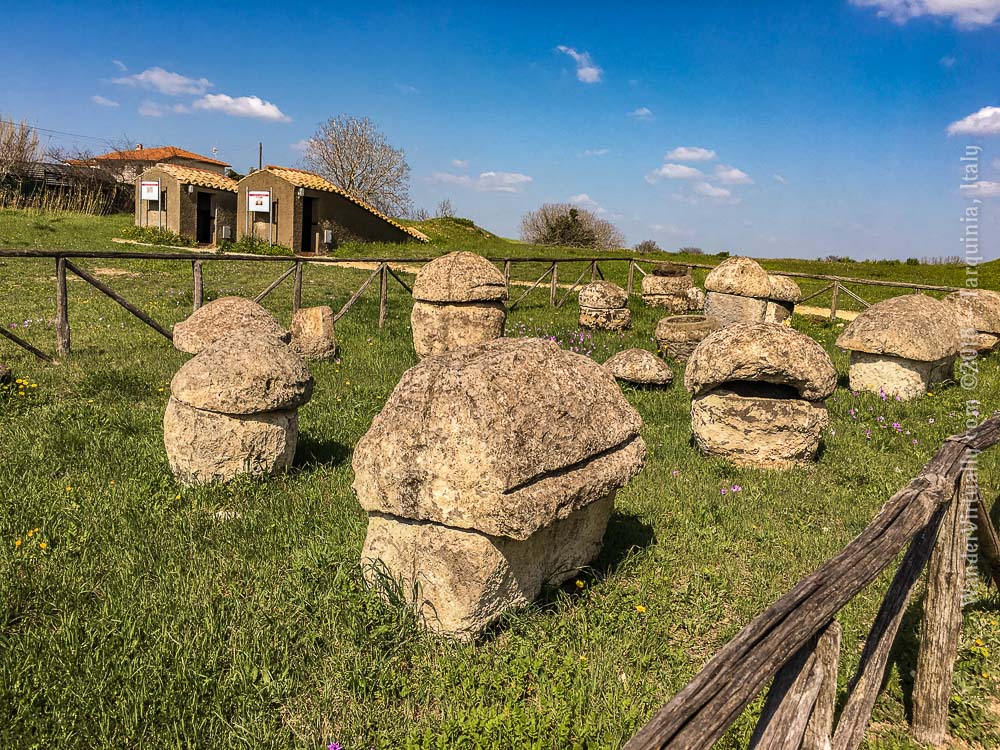
The DNA Story: Finally, an Origin Theory Based on Science
Centuries later, the debate continues to rage among modern historians. 21st century DNA studies from 2004, 2007, and 2013 have swung the pendulum between these origin theories. However, the most recent and largest DNA study in 2013 (Ref: 7-i), concluded that:
“…the genetic links between Tuscany and Anatolia date back to at least 5,000 years ago, strongly suggesting that the Etruscan culture developed locally, and not as an immediate consequence of immigration from the Eastern Mediterranean shores.“
And here’s an interesting outcome: The study also found that today’sinhabitants of modern Volterra and Casentino likely descended from Etruscans. However, the same cannot be said of the general population of Tuscany such as Florence, which may have been modified by much immigration from the last 500 years.
With all these circumstantial evidence, have we finally settled this 2500-year old debate about Etruscan origins? Perhaps – until the next episode…..
Virtual Scene: The Etruscan Acropolis of Volterra
Here’s a 360 view of the ruins of the Acropoli Etrusca in the city of Volterra (Velathri in ancient Etruscan). This area had been occupied as early as the 15th century BCE. Villanovan artifacts have been found nearby. Etruscans flourished in this area, likely from the Villanovan roots. In the 7th century BCE, Etruscans built religious sanctuaries and temples here, which they abandoned in the 3rd century CE once they adopted Roman ways.
To view this 360 photo:
Rotate the photo: The circular icon on the lower left corner starts or stops the photo rotation. You can also manually swipe left/right/up/down 360 degrees.
Magnify the view: The slider on the lower left corner makes the view smaller (-) or larger (+).
Size the photo on your desktop: The square icon on the lower right corner maximizes or minimizes the photo.

Related Posts
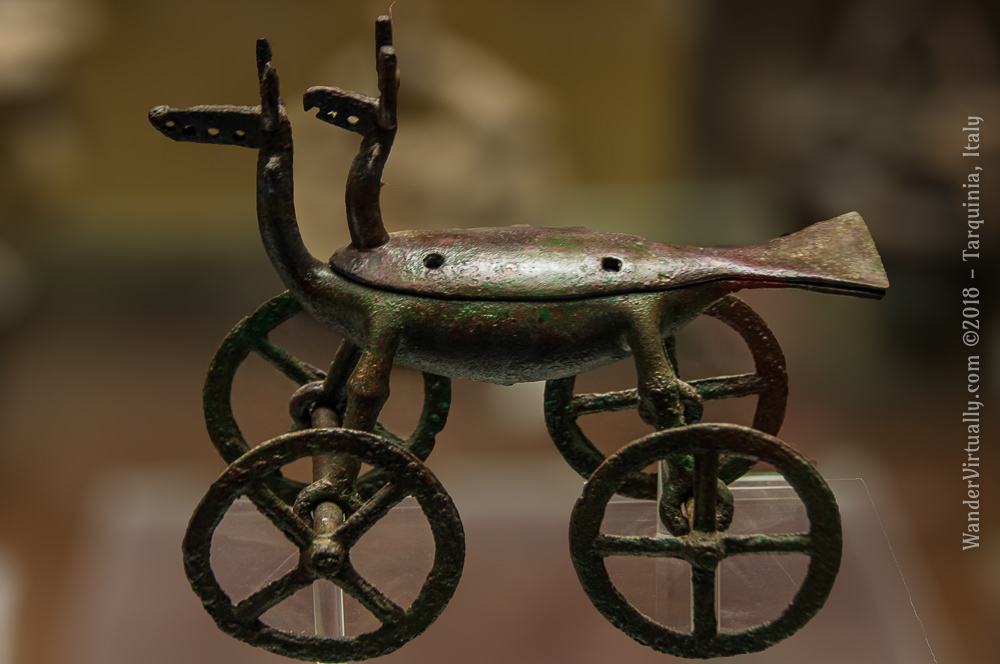
The origin of Italy’s Etruscans mystified historians for centuries. Find out how new evidence may put it to rest: Did Etruscans descend from Villanovans?
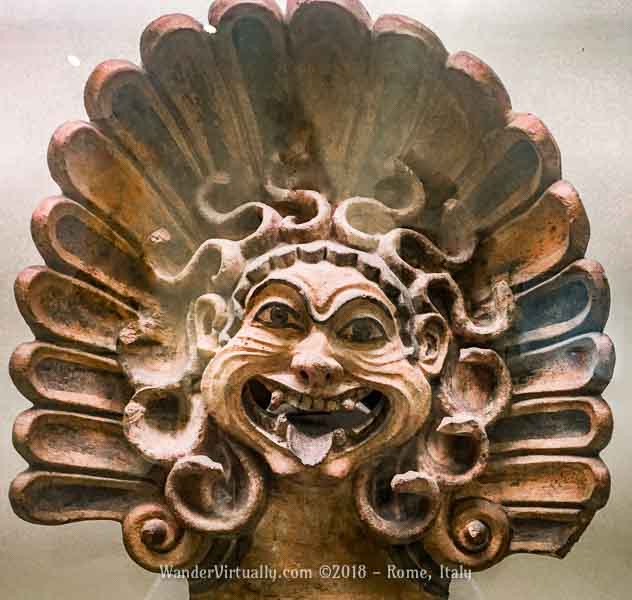
They were mysterious alright – but we’ve learned a few things about Italy’s Etruscans over the years. Find out: 5 Fascinating Facts About Etruscans
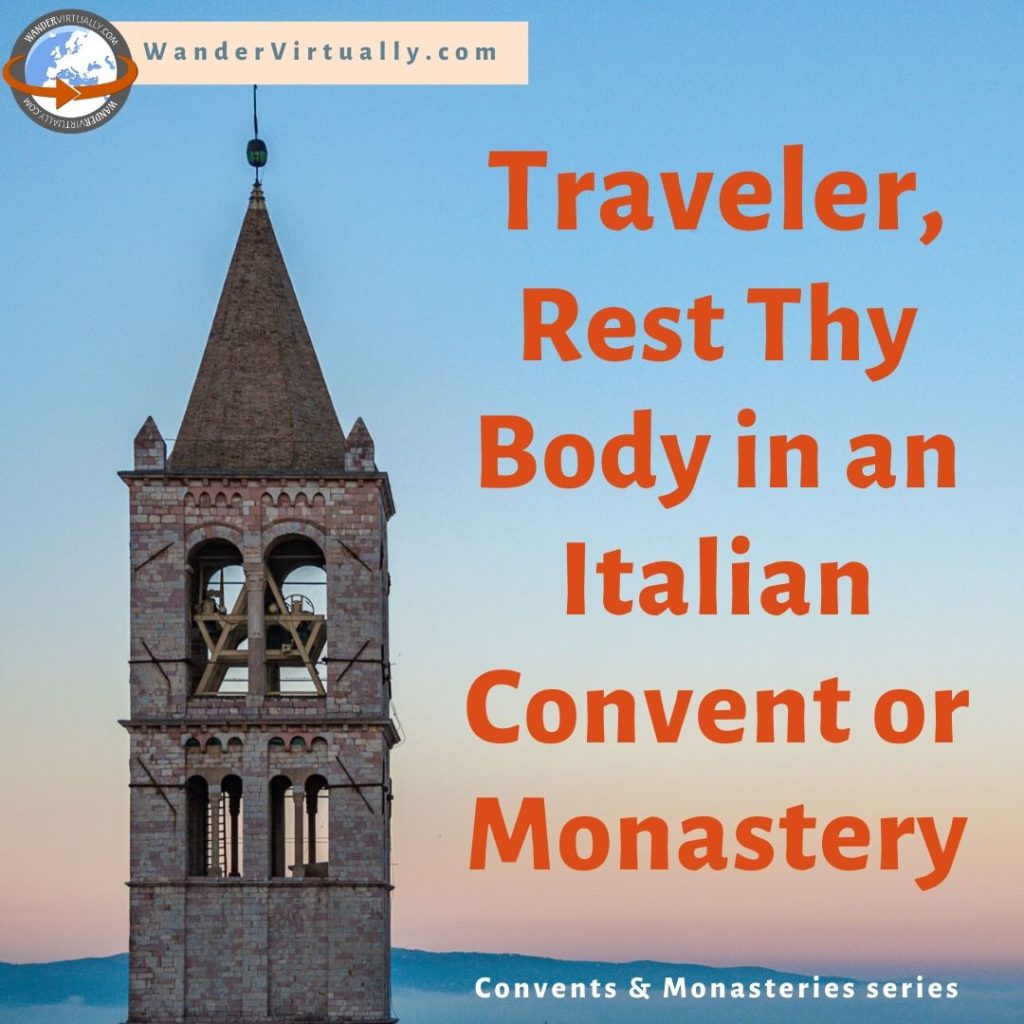
You don’t have to be Christian or religious to stay at an Italian convent or monastery. Find out if these safe, economical, and peaceful lodgings are right for you.

I use simple, inexpensive, but useful tools for travel. Find out what I pack for my trips.
Visit the Italy page for more stories and travel tips …
BELLA ITALIA
Fascinating ancient stories.
Practical travel tales and tips.
